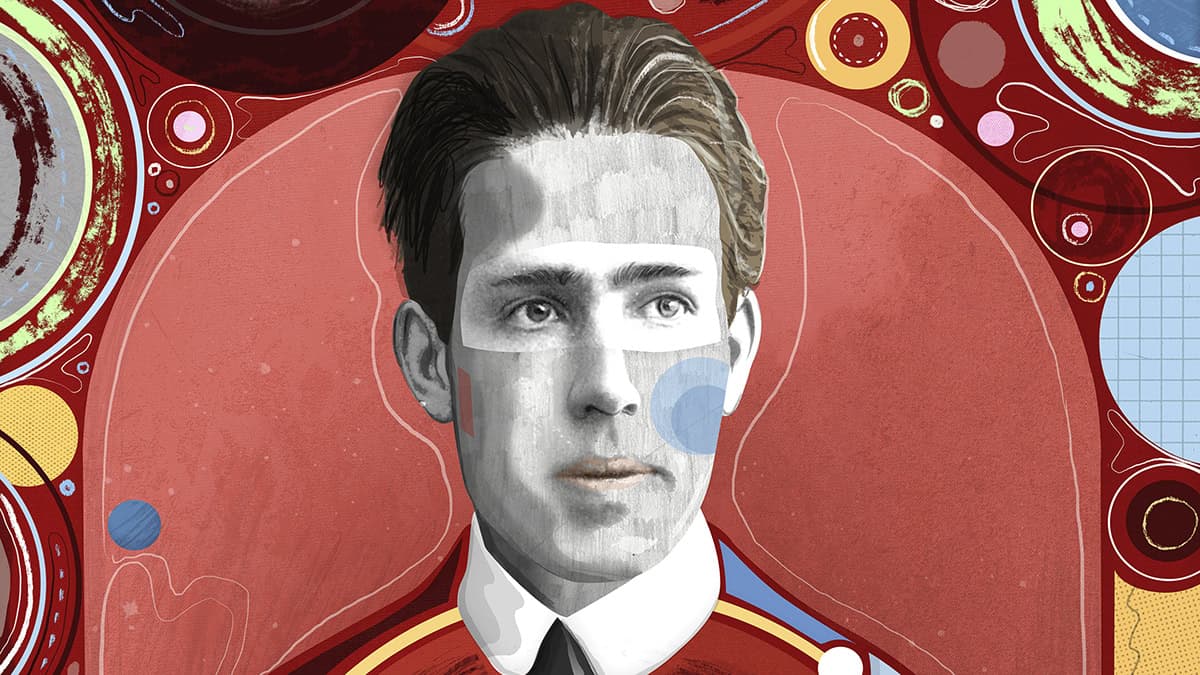Bohr, Kramers, and Slater: A Failed but Influential Attempt at Quantum Mechanics

In 1924, Niels Bohr, Hendrik Kramers, and John Slater proposed a radical theory of quantum radiation, attempting to resolve the crisis facing quantum mechanics at the time. The theory boldly hypothesized that the law of conservation of energy might not hold at the quantum level. Although quickly disproven by experiment, it reflected the prevailing confusion and exploration within the physics community regarding quantum mechanics, foreshadowing the long-standing debate between Bohr and Einstein over interpretations. The paper also touched upon the 'pilot-wave' idea, later becoming a significant interpretation of quantum mechanics (like the de Broglie-Bohm interpretation), leaving a unique mark on the history of quantum mechanics and spurring deeper exploration for understanding it.